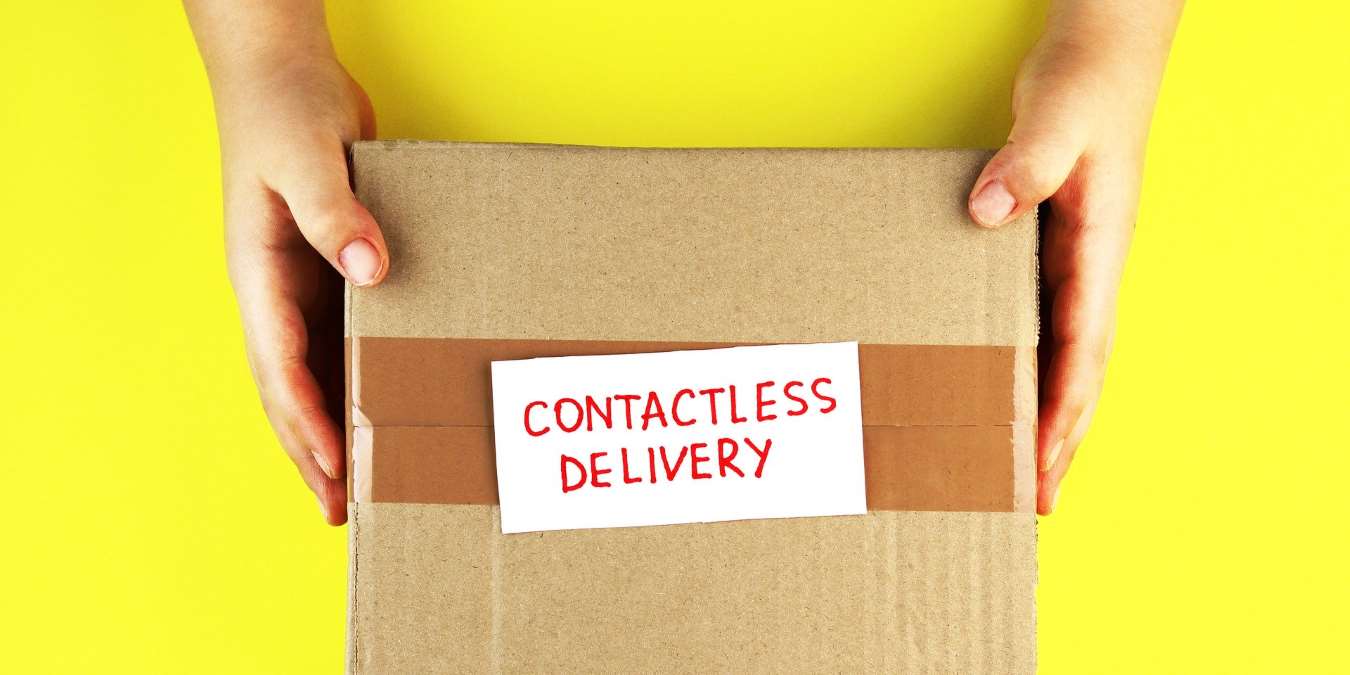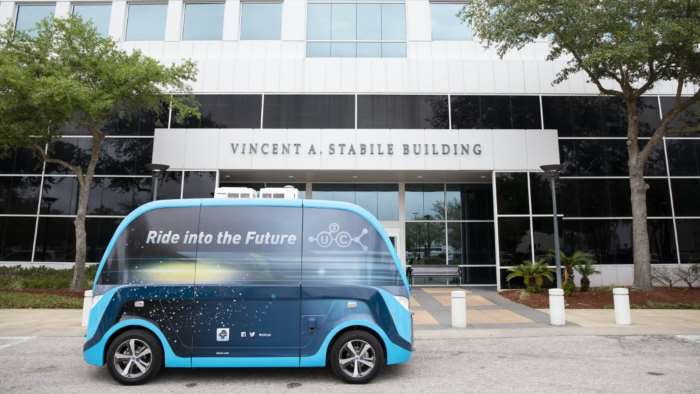
In this day and age of essential contactless interaction, deliveries are a necessary evil. People need to stay away from one another, and yet, essential goods still need to get delivered to their destinations.
Mayo Clinic has solved this problem by removing the middleman. By using driverless deliveries, Mayo Clinic only has to worry about the origin and destination. As a result, they can deliver COVID-19 tests between labs without fear of contamination.
How Does It Work?
So, how are these driverless deliveries happening? Mayo Clinic’s plan was brought to life with the help of three organizations: the Jacksonville Transportation Authority, NAVYA, and Beep.
Both NAVYA and Beep are autonomous vehicle experts, and they’re lending Mayo Clinic their expertise to achieve their goal of driverless medical deliveries.
Despite this new development, Jacksonville isn’t a stranger to smart drivers. They’ve been researching technology for a while now and have decided to use the COVID-19 pandemic as a call to action to put their knowledge and theories to the test.
The CEO of the Jacksonville Transportation Authority, Nathaniel P. Ford Sr., said the following:
“This development is a historic moment for the Jacksonville Transportation Authority. Along with our partners – Beep, NAVYA and Mayo Clinic – we are leveraging our learnings from three years of testing autonomous vehicles through our Ultimate Urban Circulator program.
“Our innovative team saw this as an opportunity to use technology to respond to this crisis in Northeast Florida and increase the safety of COVID-19 testing.”
The Advantages of Using Driverless Vehicles in Today’s Climate
Beforehand, when we reported on automated driving in 2019 to early 2020, it was more a novelty than anything else. It was interesting to see companies spring up in different cities and create taxi services with automated cars, but they were by no means essential.

Now, however, driverless vehicles may become an essential tool for getting around in a post-COVID world. Governments are warning against the use of public transport, and online grocery delivery services are becoming fully booked. This makes it hard for someone without a car to buy essentials without taking a bus or train.
With an autonomous car, however, grocery deliveries gain a major boost. A self-driving vehicle does not need a break, neither does it rely on drivers turning up to work and not getting sick. If a store has a fleet of them, they can serve entire towns and cities by delivering food while following social distancing protocol.
Not only that, but self-driving vehicles are the perfect taxi service in this post-COVID age. Someone without a car of their own could order one to pick them up, much like an Uber service; however, there’s no human driver element to worry about.
As such, the future of automated cars mostly rests on how COVID-19 pans out. If a happy miracle happens and the coronavirus dies out quickly, automated vehicles may go back to being an interesting novelty.
If COVID-19 is here to stay, however, self-driving vehicles could reduce the strain on delivery workers, ensure a virus-free transit, and be an effective way for people without cars to get a taxi.
The Future of Delivery
Self-driving cars were once a fun novelty, but nobody was sure if they would take to the roads seriously. Now, with the coronavirus forcing people to withdraw from social contact, driverless vehicles have never looked so good. If COVID-19 doesn’t go away, driverless deliveries may become more than just an option.
Find out how autonomous delivery robots could fill a need during COVID-19 concerns as well.








